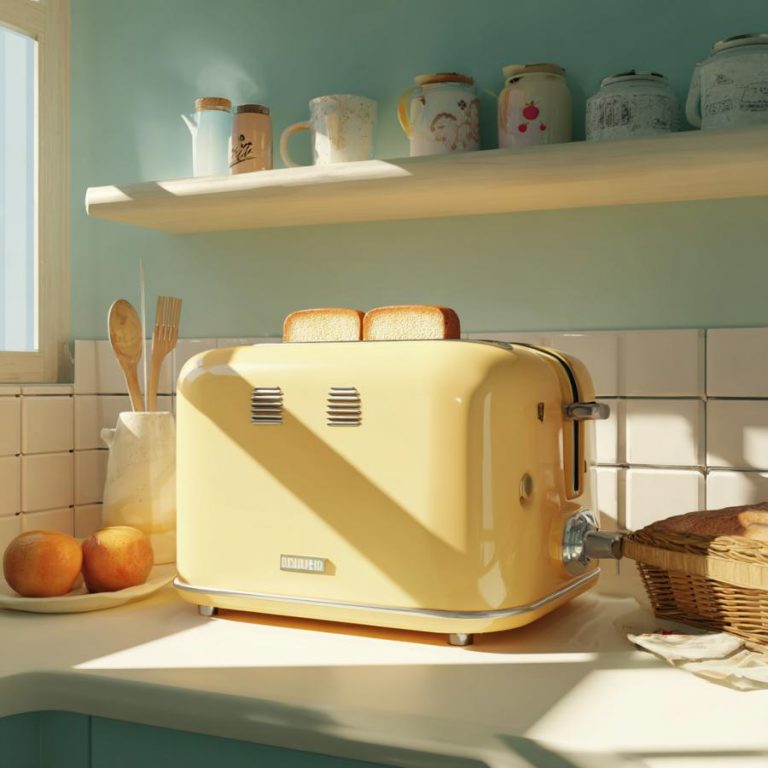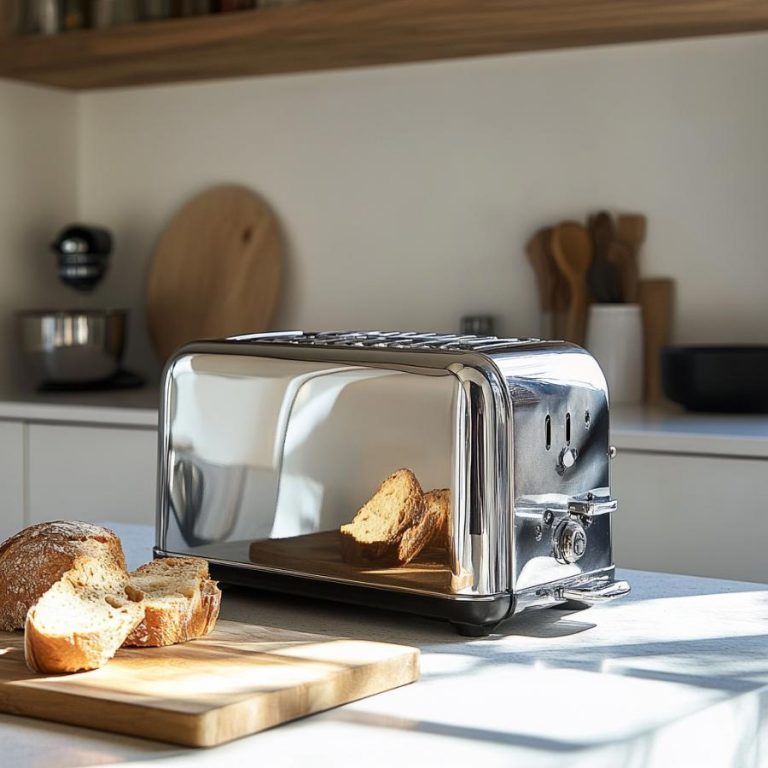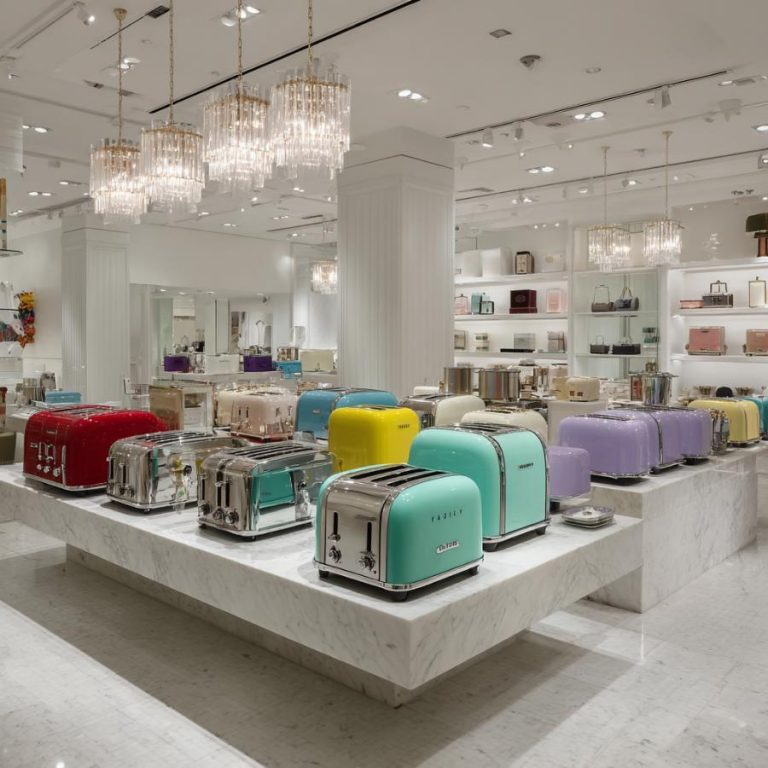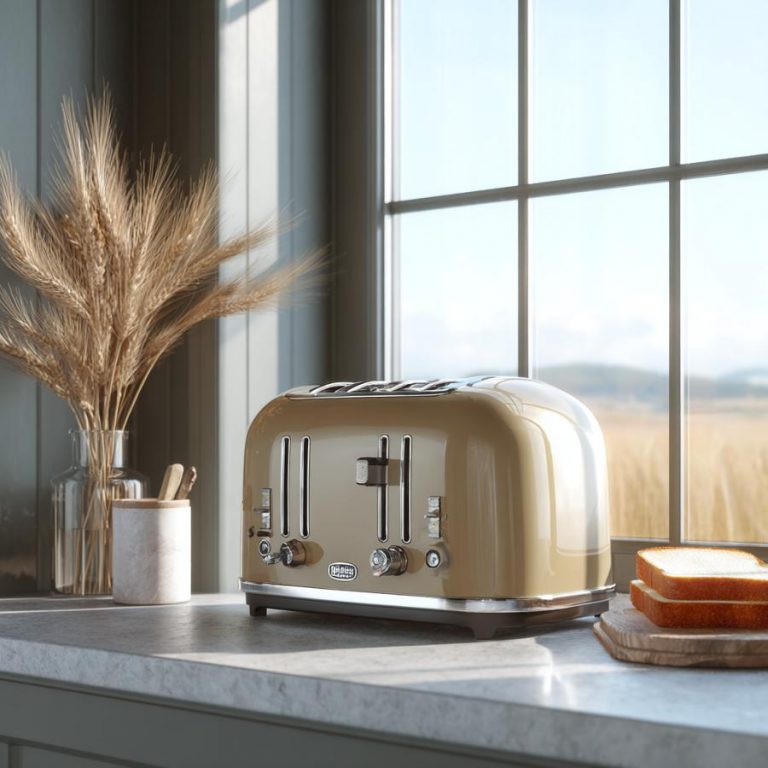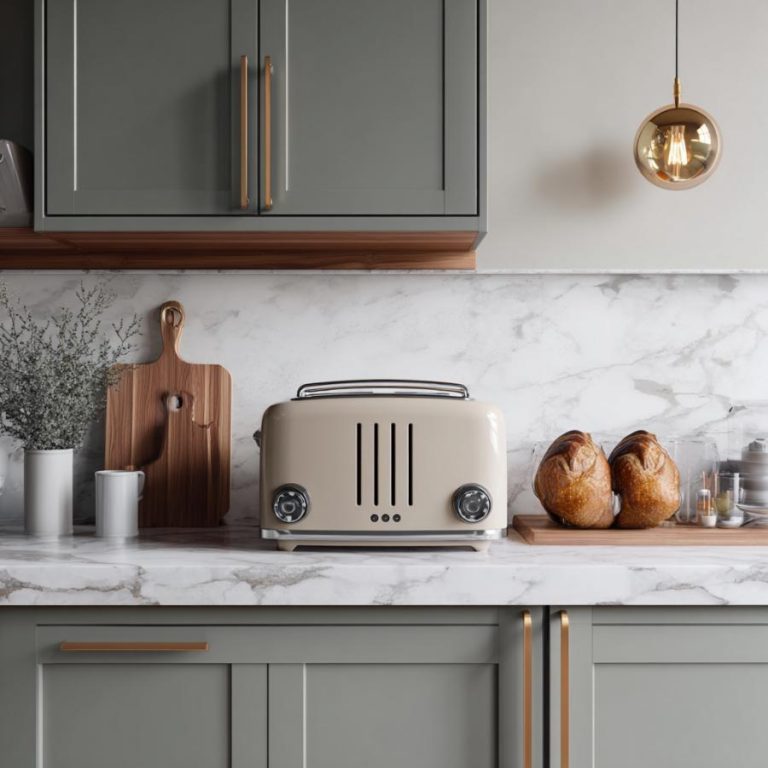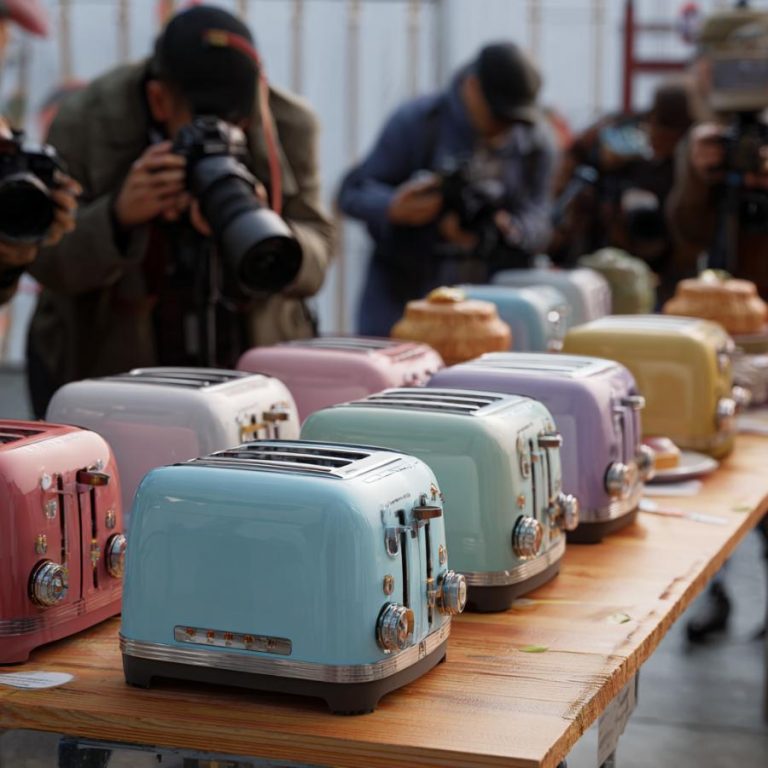Do Retro Toasters Toast Well?
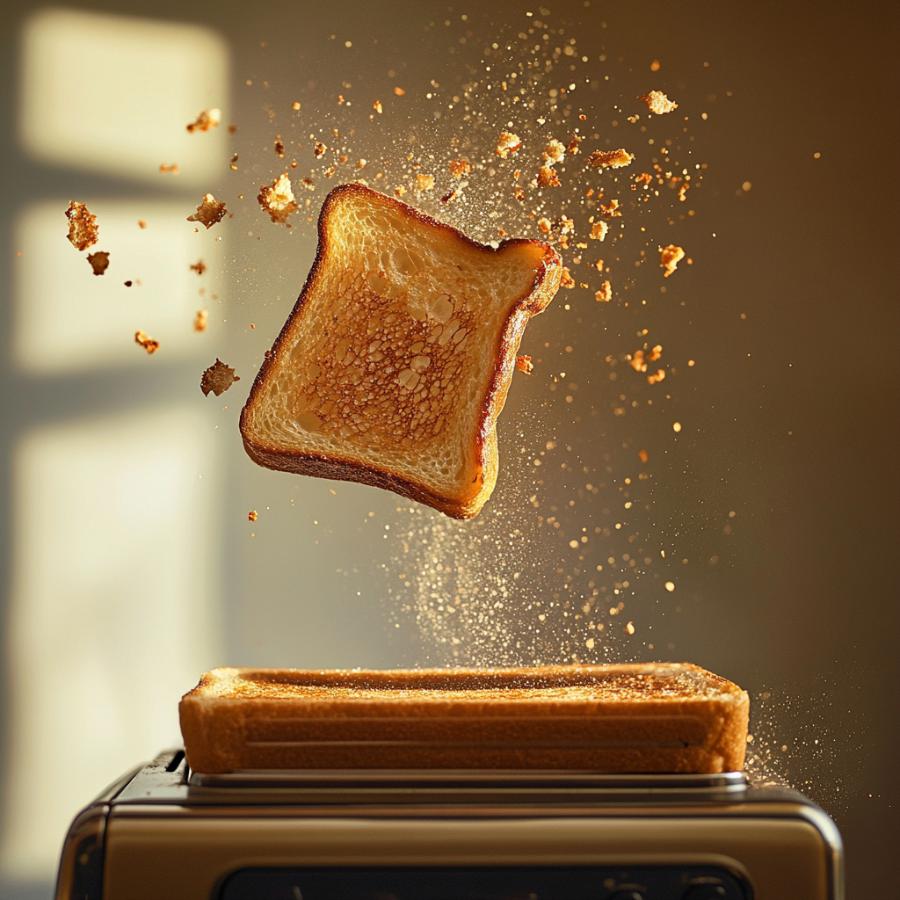
Yes, retro toasters toast bread well—but there’s more to it than just yes or no.
What Is a Retro Toaster?
A retro toaster is a new toaster that’s styled to look like it came from the 1950s to 1980s. These toasters often have curved bodies, chrome accents, bold colors, and simple dials. They may remind you of something your grandparents had.
They are not necessarily old or used. Most are new appliances made to look old-fashioned. See our guide for buying retro toasters.
What Is a Modern Toaster?
A modern toaster is a newer model that focuses more on tech and features than on design. It might be sleek, touchscreen-enabled, or have many toasting options (like bagel, defrost, reheat, etc.).
They don’t always look cool, but they aim to be practical.
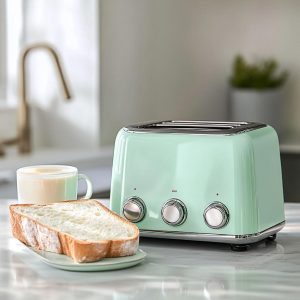
Retro vs. Modern Toasting Comparison
A. Evenness of Toast
Retro Toasters: Usually toast evenly, especially mid-range to high-end models. Heating coils tend to be well-balanced.
Modern Toasters: Also toast evenly, but cheaper models often have uneven coil heat, which can burn one side or leave patches.
🔍 Verdict: Mid-range retro toasters match or beat most modern models in evenness.
B. Toasting Speed
Retro Toasters: Slightly slower, on average. It takes about 2.5–3.5 minutes to toast a standard slice.
Modern Toasters: Often faster, with 1.5–2.5 minute toasting times.
🔍 Verdict: Modern toasters are faster. Retro toasters are not slow, but they take a bit longer.
C. Browning Control
Retro Toasters: Use manual dials or sliders with numbered settings (usually 1–6). Easy to use but not always super precise.
Modern Toasters: Often have digital controls, presets for bread types, or sensors for automatic lift.
🔍 Verdict: Modern toasters offer more precision. Retro toasters are simple and accurate enough for most users.
D. Consistency Between Uses
Retro Toasters: Perform consistently. Mechanical components (like springs and dials) tend to last longer.
Modern Toasters: Can sometimes vary between cycles, especially lower-cost models with cheap internal components.
🔍 Verdict: Retro toasters often win here. Once you learn your toaster, it stays reliable.
Slot Size and Bread Types
Retro Toasters: Usually have standard-width slots, but many newer retro models have wide slots to support bagels and thick slices.
Modern Toasters: Often have extra-wide and long slots. Some can even toast artisan bread or sandwich bread slices easily.
🔍 Verdict: Modern toasters offer more versatility with slot size. Retro toasters are good for regular sliced bread and bagels.
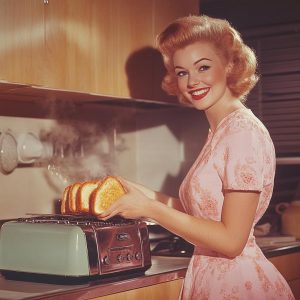
Quality
Retro Toasters: Often made with metal casings and fewer plastic parts. The body is solid and doesn’t feel flimsy.
Modern Toasters: Varies. Some are solid, but many are mostly plastic and feel cheap. High-end ones are better built.
🔍 Verdict: Retro toasters usually feel sturdier and more durable, especially in the mid to upper price range.
Features Comparison
| Feature | Retro Toasters | Modern Toasters |
|---|---|---|
| Bagel setting | Sometimes | Often |
| Defrost setting | Sometimes | Often |
| Reheat setting | Rare | Common |
| Digital display | Rare | Common |
| Crumb tray | Yes | Yes |
| Smart sensors | No | Sometimes |
Safety
Retro Toasters: Basic safety—manual pop-up, no sensors, no cool-touch casing.
Modern Toasters: Some offer automatic shut-off, cool-touch sides, lift assist, or crumb tray indicators.
🔍 Verdict: Modern wins on safety, especially for families with kids. Retro toasters are safe if used properly, but lack extra features.
Repair and Lifespan
Retro Toasters: Fewer electronics means fewer parts to break. They often last longer and are easier to repair.
Modern Toasters: More electronics, more things that can go wrong. Some aren’t meant to be fixed.
🔍 Verdict: Retro wins. Less to break. You can often fix a retro toaster with a screwdriver and patience.
Cost
Retro Toasters: Range from $40–$150 depending on brand and features. Good quality around $80–$120.
Modern Toasters: Range from $20–$300+. Quality varies wildly. Low-cost ones often break faster.
🔍 Verdict: Retro toasters give good value between $80–$120. Modern toasters win if you need a feature-rich $200+ model.
Aesthetics and Kitchen Vibe
Retro Toasters: Stylish, colorful, and fun. They add personality to your kitchen, (see our best looking retro toasters page).
Modern Toasters: Sleek, minimal, and clean. They blend in rather than stand out.
🔍 Verdict: Purely personal. Retro if you like vintage charm. Modern if you like subtle and modern.
Final Thoughts: Should You Get a Retro Toaster?
Yes—if you want reliable toasting, simple controls, good build quality, and a fun style.
No—if you need fast toasting, lots of settings, or advanced safety features.
Retro toasters toast just as well as most modern toasters, if not better in some ways. The biggest differences come down to features, speed, and design.
If you’re toasting basic bread, want even golden slices, and enjoy a bit of old-school charm, a retro toaster is a great choice.

Best Use Cases for Retro Toasters
-
Sourdough, sandwich bread, rye, and white bread
-
Toasting for 1–4 people at a time
-
Light kitchen use
-
Homes where design matters as much as performance
When to Consider a Modern Toaster Instead
-
If you have young children (and want extra safety features)
-
If you toast daily and need high-speed, consistent performance
-
If you like digital features or preset modes
-
If you use frozen foods like waffles or toaster pastries often
The last Word
A retro toaster does what it’s meant to: toast bread. And it does it well—no flashy extras, just solid golden-brown results with a touch of nostalgia.

